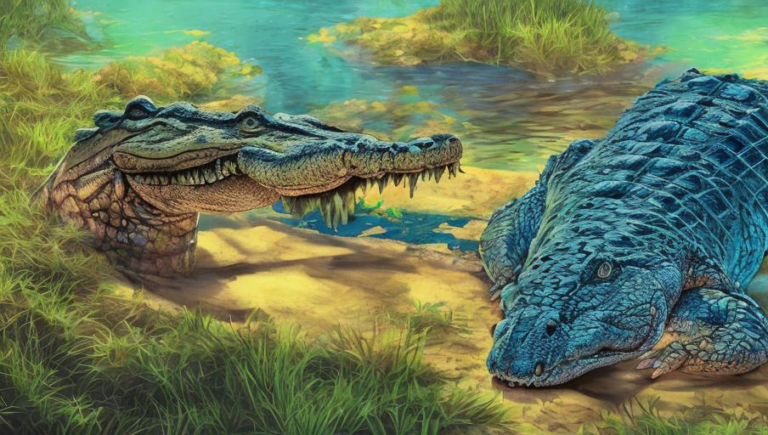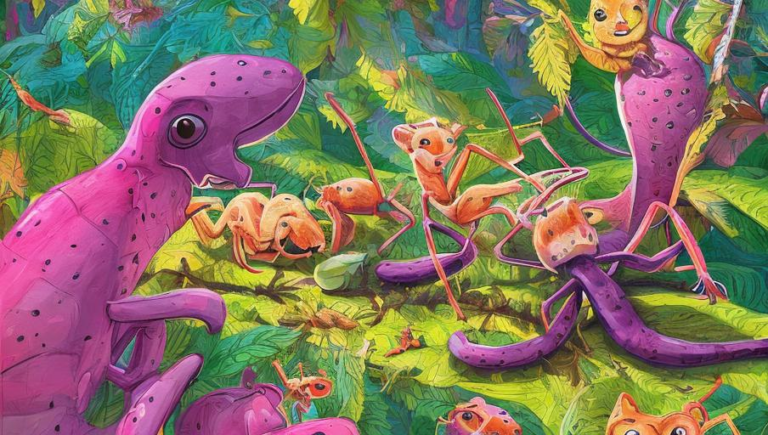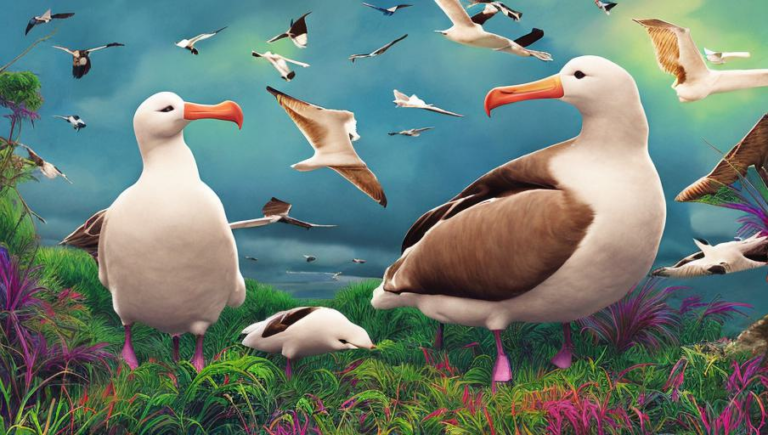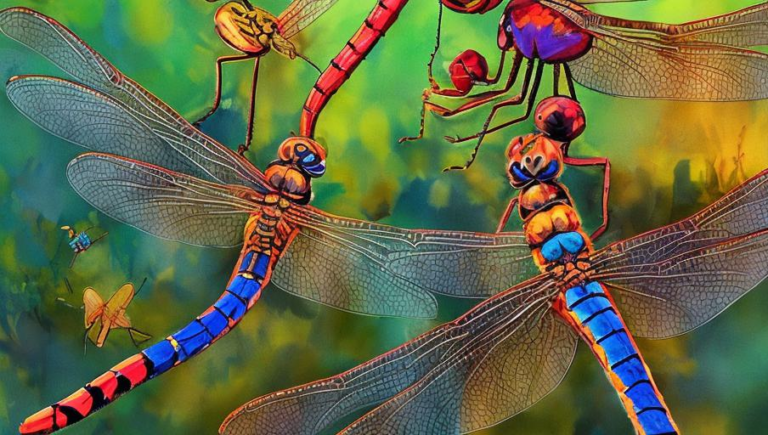Diverse Habitats of Dragonflies
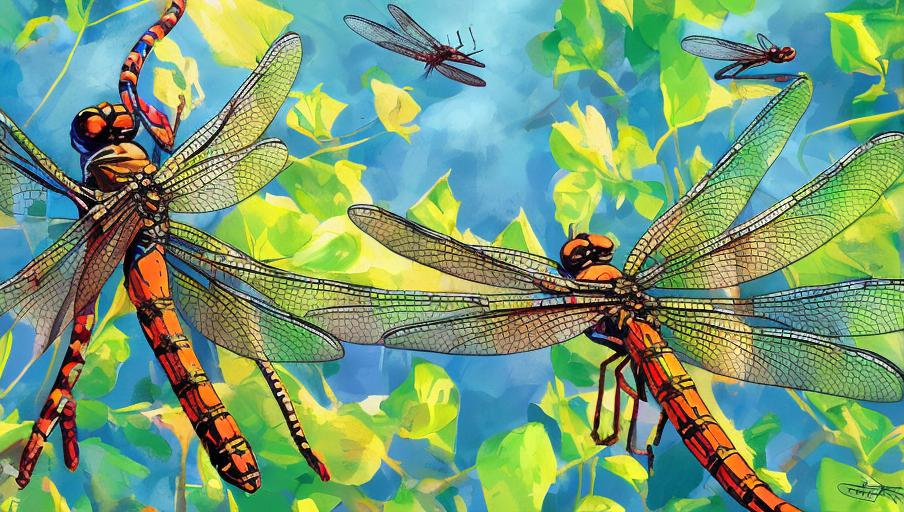
Diverse Habitats of Dragonflies
The dragonfly is a beautiful and diverse insect found in a variety of habitats around the world. Dragonflies are most commonly found in warm, wet areas such as near ponds and streams, but can also be found near oceans, lakes, swamps, and wetlands.
Dragonflies inhabit a variety of ecosystems, from ponds and streams to rainforests, deserts and even Arctic tundra. They are found in both fresh and salt water environments and in some cases can be found at altitudes of up to 16,000 feet.
Dragonflies are incredibly adaptable and can even survive in polluted and contaminated water sources.
Feeding Habits
Dragonflies are predators and mainly feed on small insects such as mosquitoes, midges, and fly larvae. They also feed on small fish, crustaceans, and even small amphibians.
Dragonflies are incredibly efficient hunters. They use their large eyes to spot prey and their long legs to snatch it up. The dragonfly’s four wings enable it to fly quickly and maneuver through the air with ease.
Reproduction
Dragonflies reproduce in a variety of ways. Some species lay eggs on vegetation in water and others lay eggs directly in water. Some species can even reproduce in mid-air.
The larvae, or nymphs, of dragonflies are aquatic and feed on smaller aquatic organisms. They often stay in the larval stage for up to five years before emerging as adults.
Conservation
Dragonflies are important indicators of environmental health and are often used to monitor water quality. Unfortunately, dragonfly habitats are being threatened by climate change, pollution, and the destruction of wetlands.
Conservation efforts are ongoing to protect dragonfly habitats and to ensure the survival of these fascinating creatures.
Dragonflies are incredible creatures and the diverse habitats they inhabit are a testament to their adaptability and resilience.
